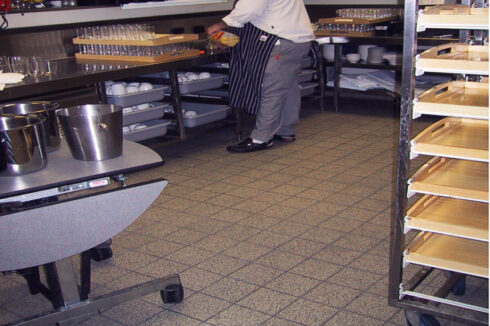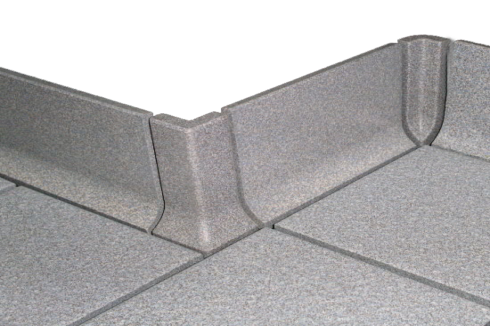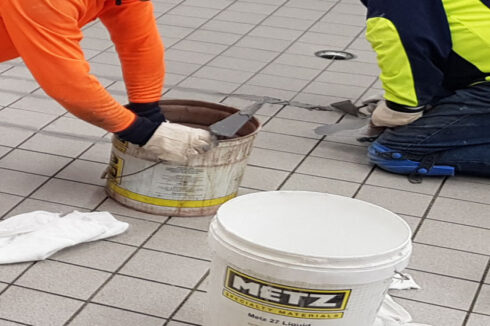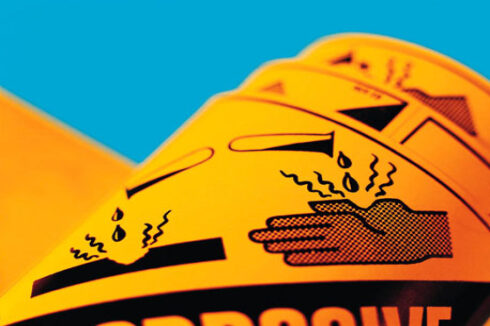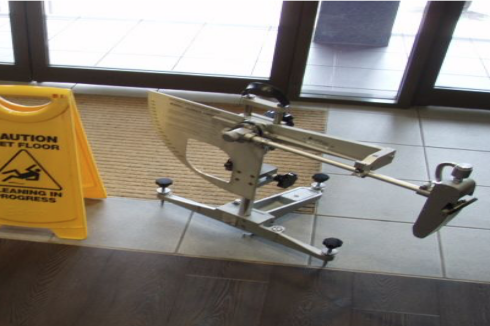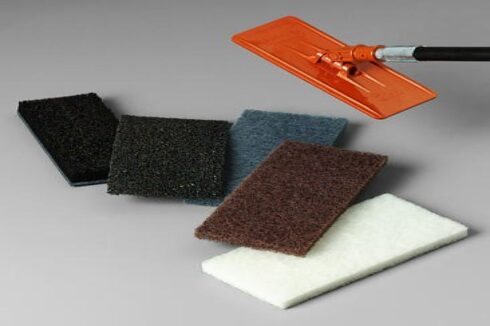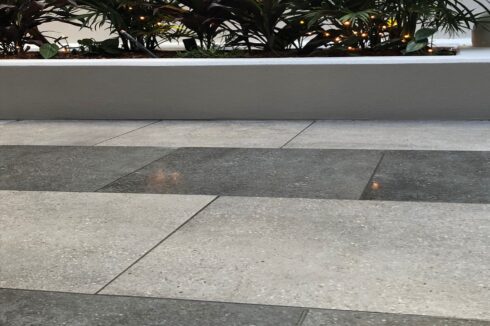
Metz MicroGRIP® surface is a fine textured slip resistant finish formulated to Metz specifications and requirements. Metz MicroGRIP® is created during the production process prior to firing, so becomes an integral part of the tile (not a post production treatment). Most Metz ranges can be produced in MicroGRIP® surface, however some minimum production quantities may apply. Metz commonly holds thousands of sqm of MicroGRIP® finish in our Australian warehouses in many ranges and formats. MicroGRIP® provides an excellent balance between ease of cleaning and high slip resistance that performs under heavy traffic and provides excellent Accelerated Wear Test (AWT)results.
...Read More



